What information is required to convert a minimum safe altitude into a lowest ? [ Preparation civilian ]
Question 124-1 : Lowest value of qnh and the highest negative temperature deviation from isa highest value of qnh and the highest negative temperature deviation from isa highest value of qnh and the highest positive temperature deviation from isa lowest value of qnh and the lowest negative temperature deviation from isa
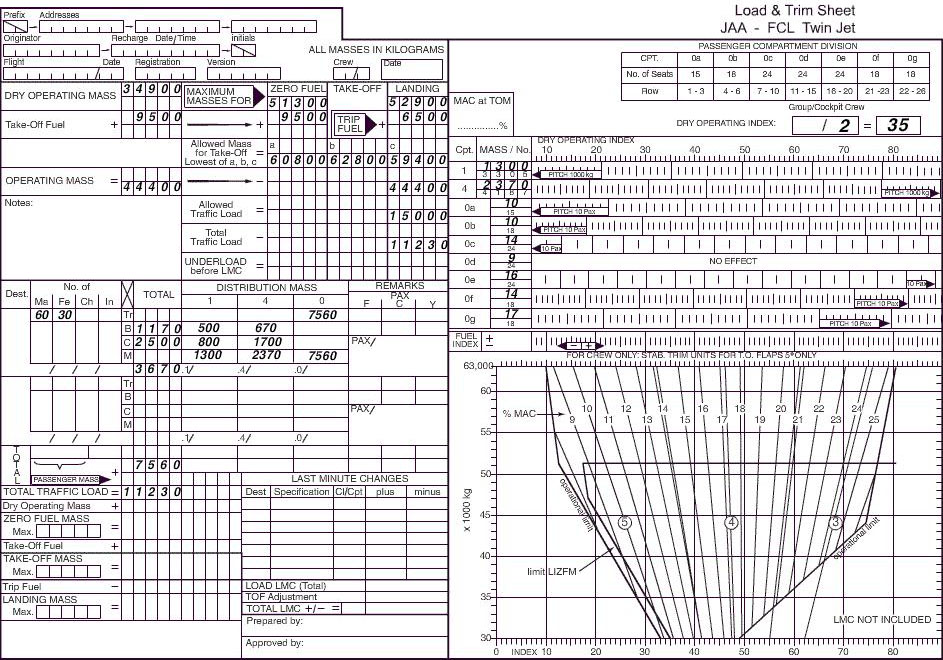 Lowest value of qnh and the highest negative temperature deviation from isa.
Lowest value of qnh and the highest negative temperature deviation from isa. What is the relationship if any between qfe and qnh at an airport situated 50 ?
Question 124-2 : Qfe is greater than qnh qfe is smaller than qnh qfe equals qnh no clear relationship exists
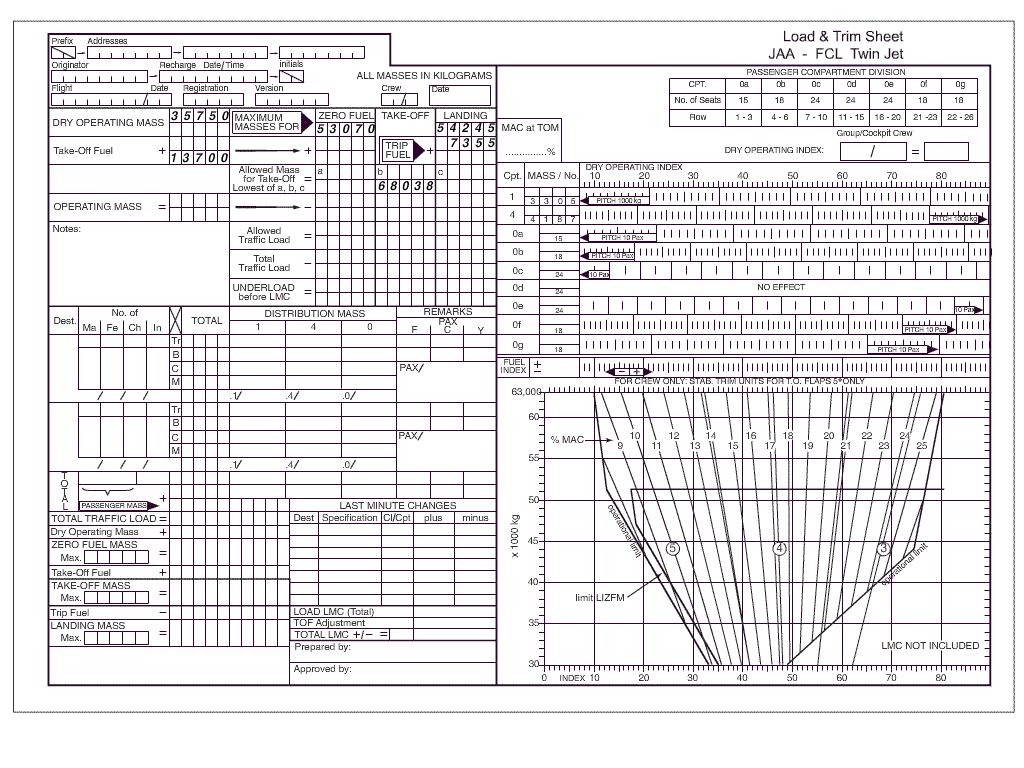 Qfe is greater than qnh.
Qfe is greater than qnh. You plan a flight over a mountain range at a true altitude of 15000 ft/amsl the ?
Question 124-3 : 16230 ft 15690 ft 14370 ft 13830 ft
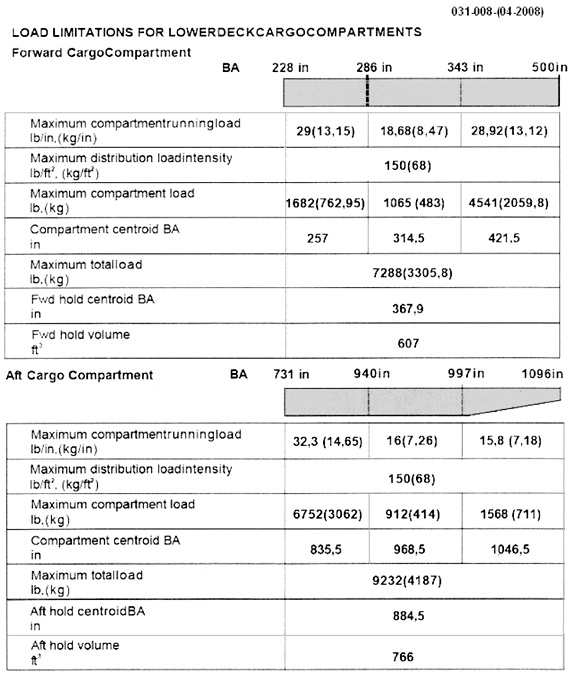 16230 ft.
16230 ft. During a flight at fl 100 from marseille qnh 1012 hpa to palma de mallorca qnh ?
Question 124-4 : The air at marseille is warmer than that at palma de mallorca the altimeters are erroneous and need to be tested the air at marseille is colder than that at palma de mallorca one of the two qnh values may be incorrect
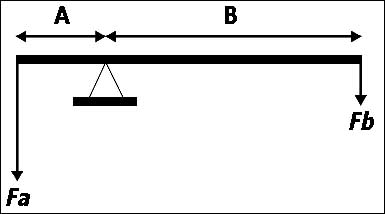 The air at marseille is warmer than that at palma de mallorca.
The air at marseille is warmer than that at palma de mallorca. An aircraft lands at an airport airport elevation 1240 ft qnh 1008 hpa the ?
Question 124-5 : 1375 ft 1200 ft 1105 ft 1280 ft
 1375 ft.
1375 ft. After landing at an aerodrome aerodrome elevation 1715 ft the altimeter ?
Question 124-6 : 1028 hpa 1015 hpa 1013 hpa 998 hpa
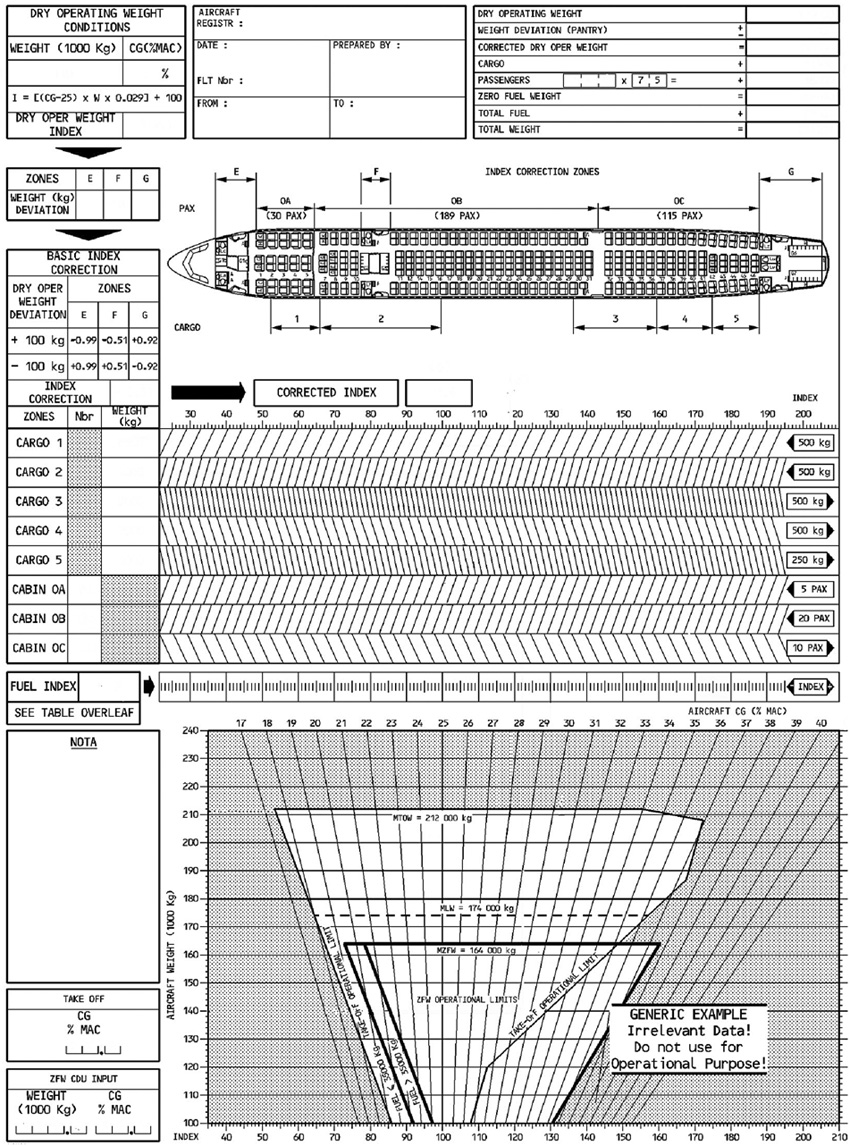 1028 hpa.
1028 hpa. You intend to overfly a mountain range the recommended minimum flight altitude ?
Question 124-7 : 14100 ft 13830 ft 14370 ft 15900 ft
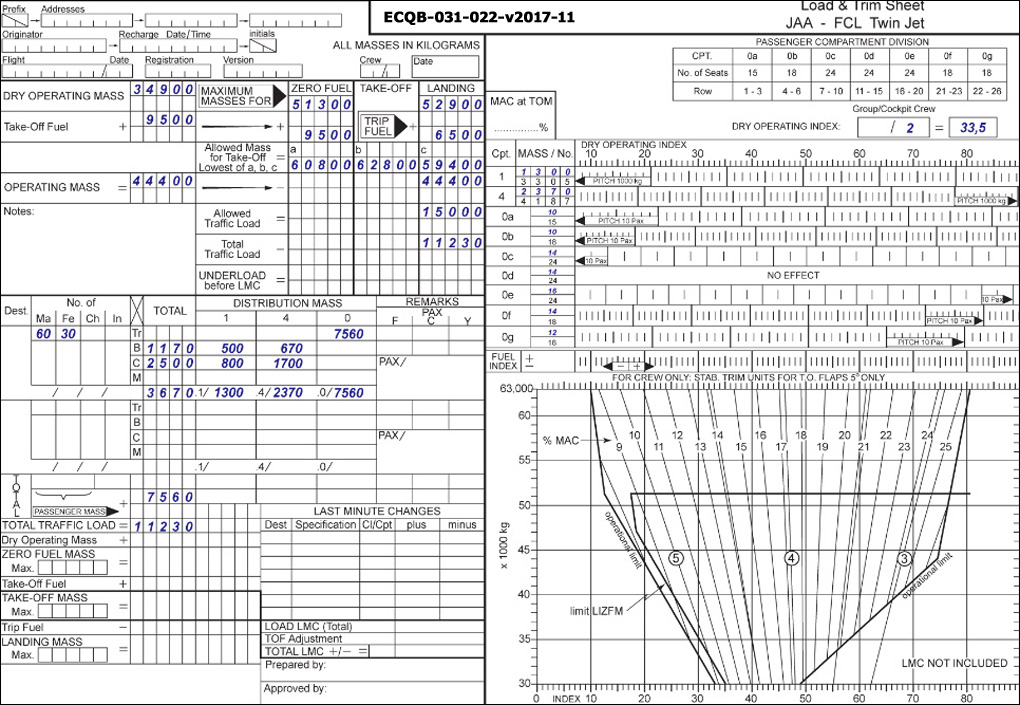 14100 ft.
14100 ft. You are flying at fl 130 and your true altitude is 12000 ft what is the ?
Question 124-8 : Isa 20°c isa +/ 0°c isa +20°c isa +12°c
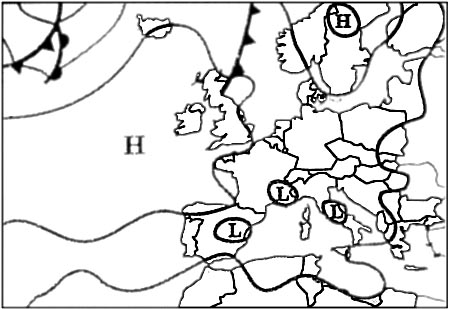 Isa -20°c.
Isa -20°c. Which one of the following statements applies to the tropopause ?
Question 124-9 : It separates the troposphere from the stratosphere it is by definition an isothermal layer it indicates a strong temperature lapse rate it is by definition a temperature inversion
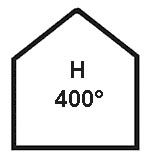 It separates the troposphere from the stratosphere
It separates the troposphere from the stratosphere The 0° isotherm is forecast to be at fl 50 at what fl would you expect a ?
Question 124-10 : Fl 80 fl 20 fl 100 fl 110
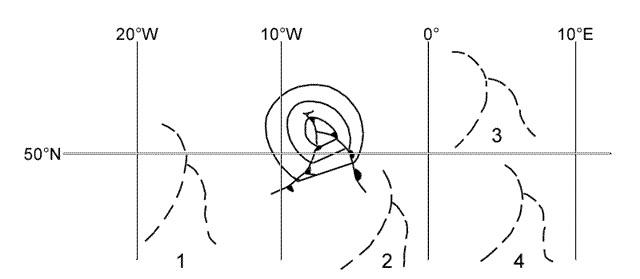 Fl 80.
Fl 80. A vertical spacing of 1000 ft is the standard required separation between two ?
Question 124-11 : Less than 1000 ft it remains 1000 ft more than 1000 ft without qnh information it can not be determined
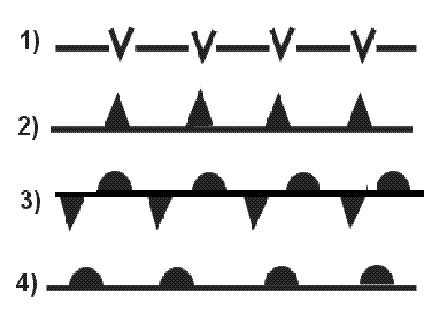 Less than 1000 ft.
Less than 1000 ft. Over paris at what flight level would you expect to find the tropopause ?
Question 124-12 : Fl 300 fl 330 fl 150 fl 280
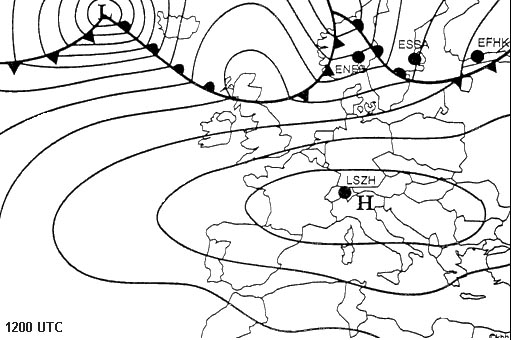 Fl 300.
Fl 300. What is the approximate height of the tropopause between munich and helsinki . ?
Question 124-13 : Fl 340 fl 280 fl 300 fl 390
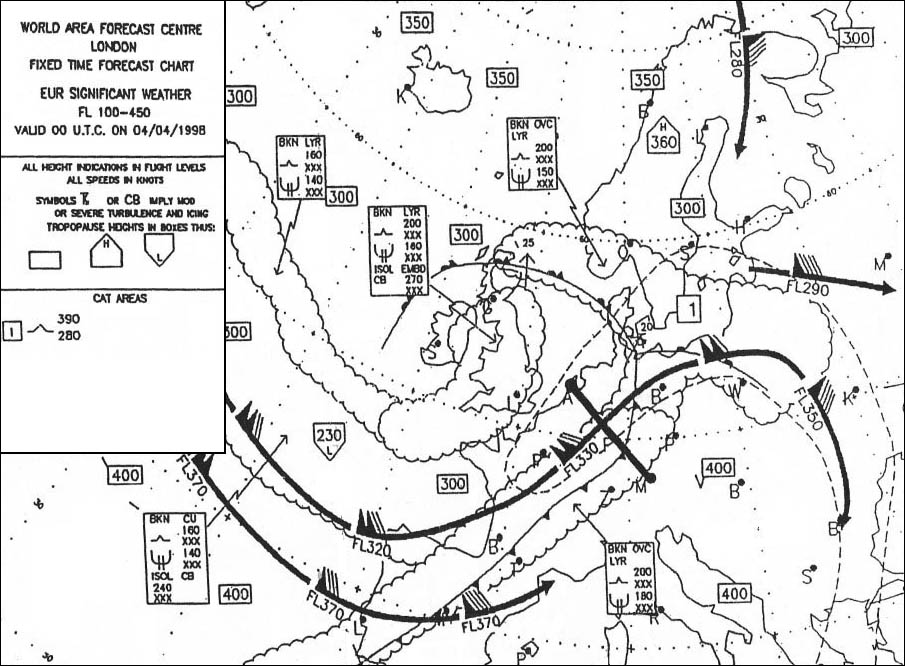 Fl 340.
Fl 340. At what approximate flight level is the tropopause over frankfurt . 276 ?
Question 124-14 : Fl 330 fl 300 fl 350 fl 240
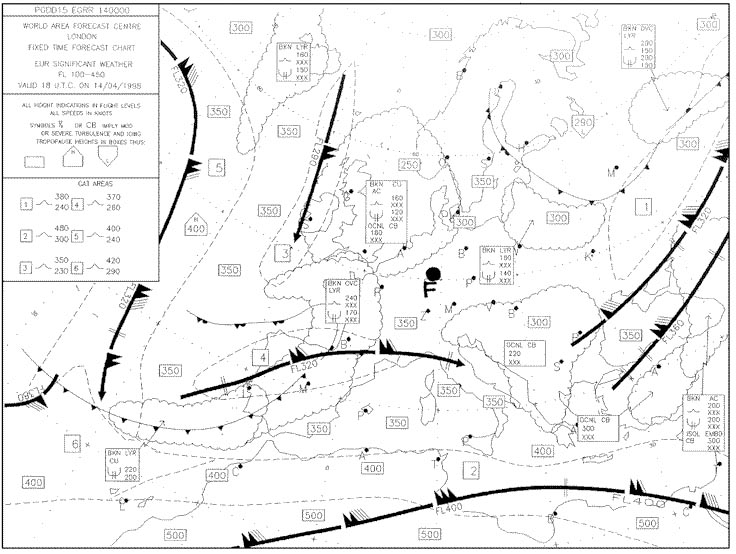 Fl 330.
Fl 330. The temperature at fl 330 overhead london will be . 278 ?
Question 124-15 : 45°c 39°c 33°c 57°c
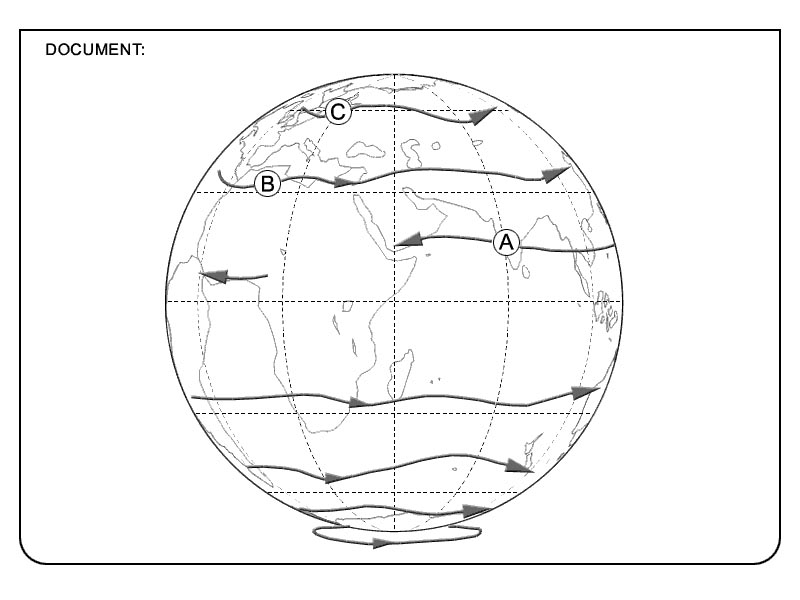 -45°c.
-45°c. What is the average temperature at fl 160 between oslo and paris . 282 ?
Question 124-16 : 19°c 23°c 15°c 25°c
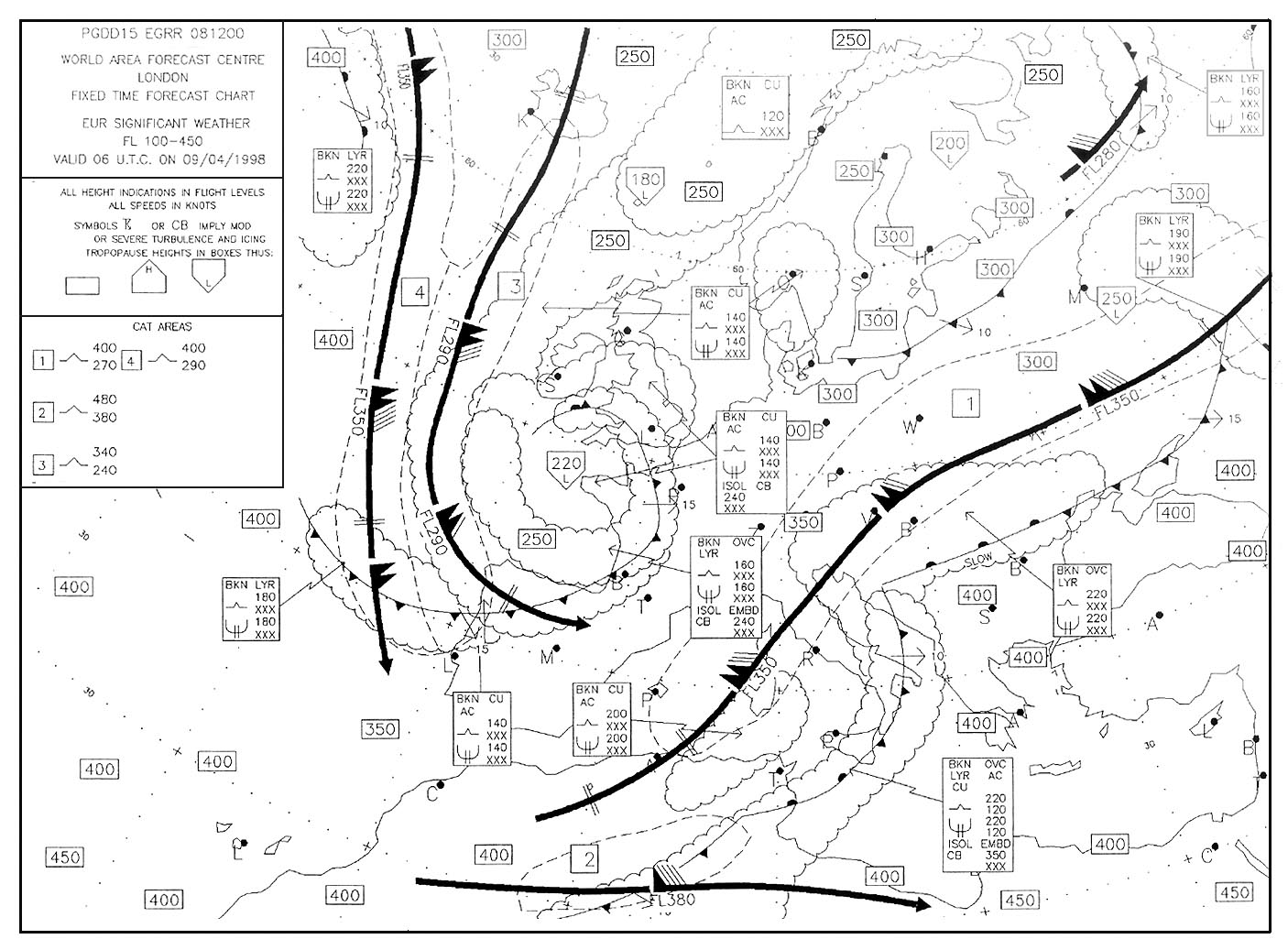 -19°c.
-19°c. What is the temperature deviation in degrees celsius from the icao standard ?
Question 124-17 : Isa 13°c isa 2°c isa +13°c isa +2°c
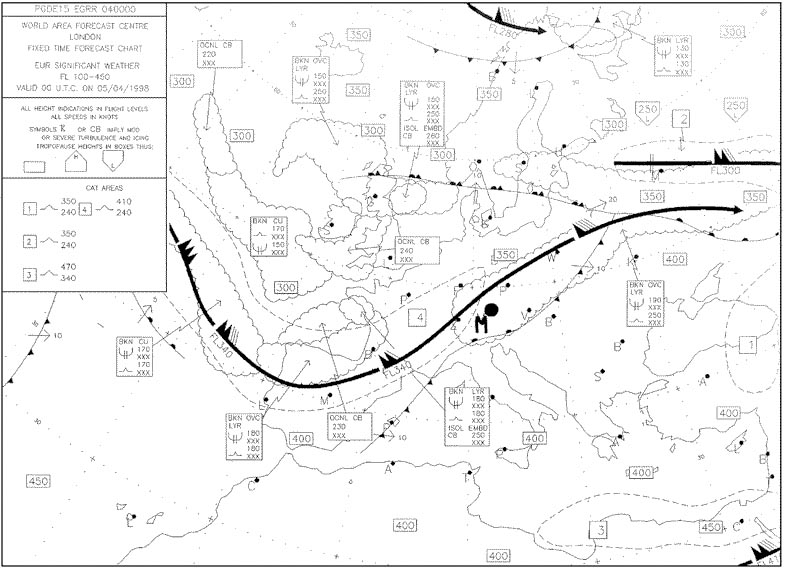 Isa -13°c
Isa -13°c What oat would you expect at fl 200 over geneva . 289 ?
Question 124-18 : 24°c 20°c 16°c 28°c
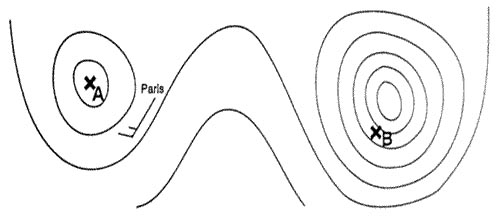 -24°c.
-24°c. An altimeter adjusted to 1013 hpa indicates an altitude of 3600 ft should this ?
Question 124-19 : 3006 ft 2922 ft 4278 ft 4194 ft
 3006 ft.
3006 ft. In geneva the local qnh is 994 hpa the elevation of geneva is 1411 ft the qfe ?
Question 124-20 : 942 hpa 967 hpa 961 hpa 952 hpa
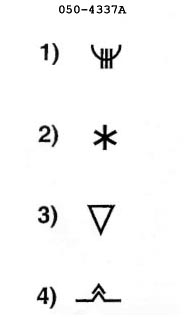 942 hpa.
942 hpa. An aircraft is flying at fl 80 the local qnh is 1000 hpa after the second ?
Question 124-21 : 7650 ft 8600 ft 8350 ft 8000 ft
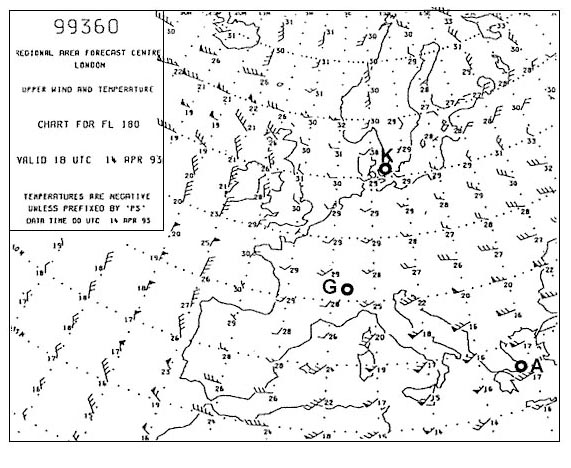 7650 ft.
7650 ft. The barometric compensator of an altimeter is locked on reference 1013 2 hpa ?
Question 124-22 : 20 ft 11 ft 10 ft 560 ft
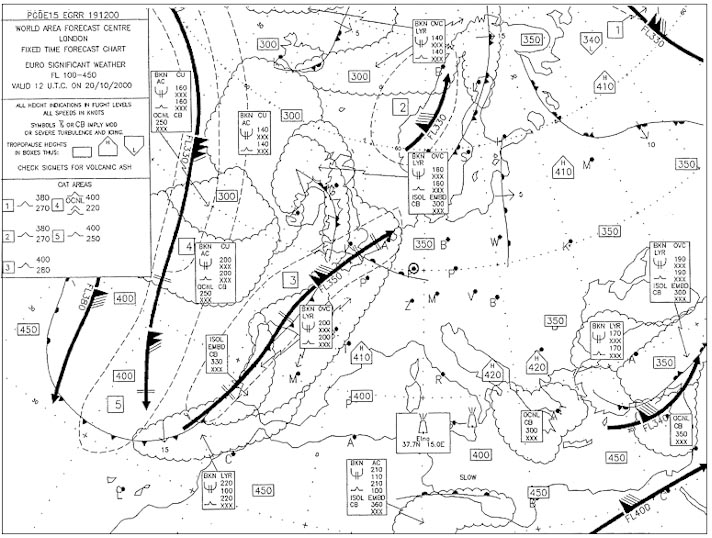 20 ft.
20 ft. The upper wind and temperature chart of 250 hpa corresponds in a standard ?
Question 124-23 : 34 000 ft 39 000 ft 30 000 ft 32 000 ft
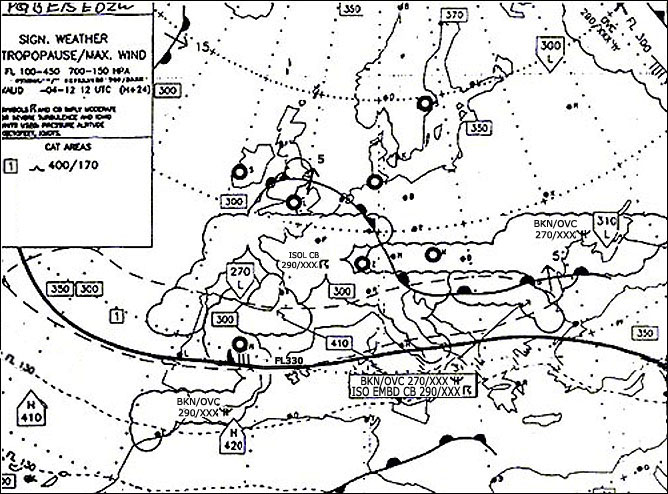 34 000 ft.
34 000 ft. Going from the equator to the north pole the altitude of the tropopause ?
Question 124-24 : Decreases and its temperature increases increases and its temperature increases increases and its temperature decreases decreases and its temperature decreases
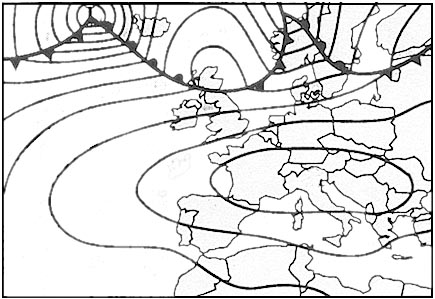 Decreases and its temperature increases.
Decreases and its temperature increases. Atmospheric soundings give the following temperature profile .3000 ft ?
Question 124-25 : Fl 150 fl 220 fl 80 fl 180
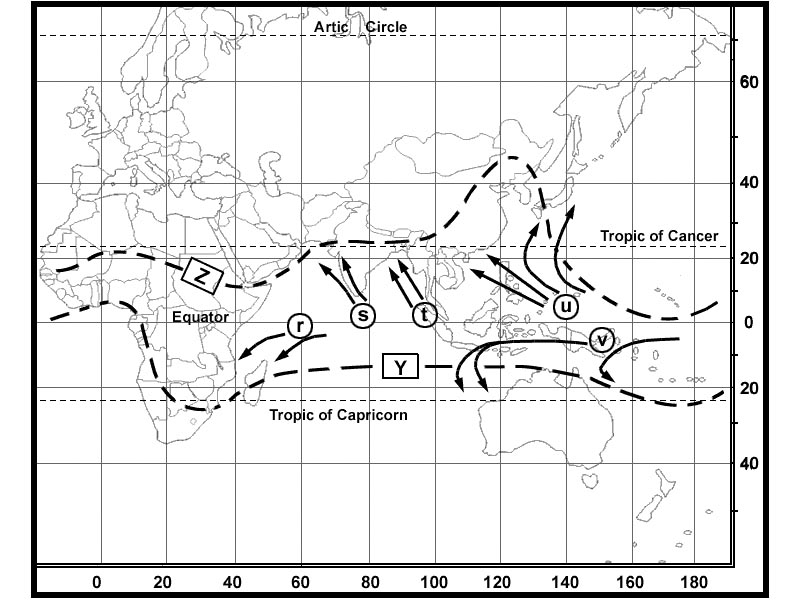 Fl 150.
Fl 150. Half the mass of the atmosphere is found in the first ?
Question 124-26 : 5 km 11 km 3 km 8 km
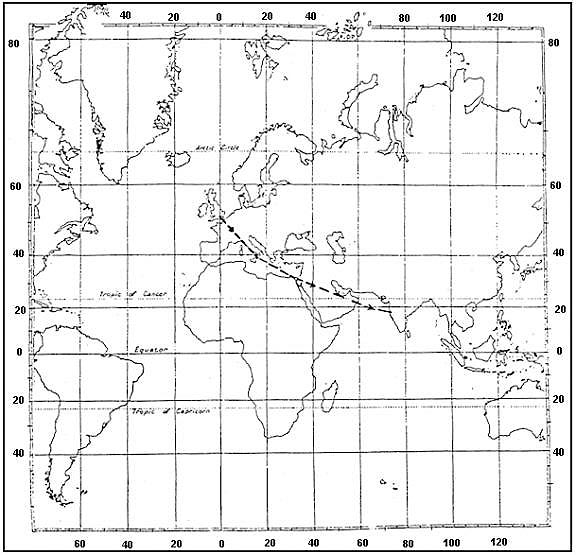 5 km.
5 km. The thickness of the troposphere varies with ?
Question 124-27 : Latitude longitude rotation of the earth the wind
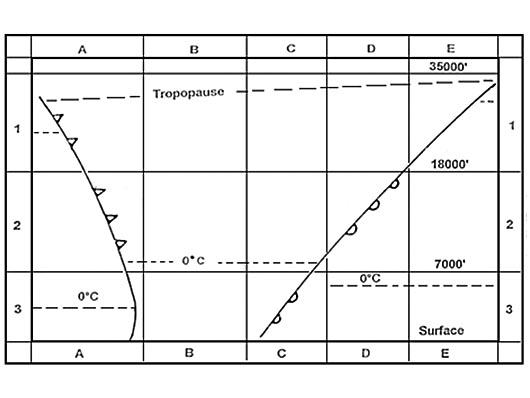 Latitude.
Latitude. In the lower part of the stratosphere the temperature ?
Question 124-28 : Is almost constant decreases with altitude increases with altitude increases at first and decreases afterward
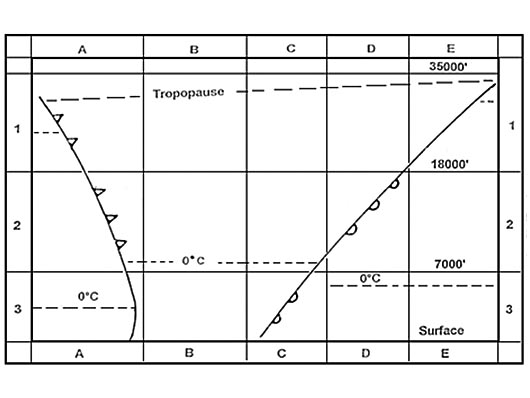 Is almost constant.
Is almost constant. Which of the following conditions would cause the altimeter to indicate a lower ?
Question 124-29 : Air temperature higher than standard atmospheric pressure lower than standard pressure altitude the same as indicated altitude air temperature lower than standard
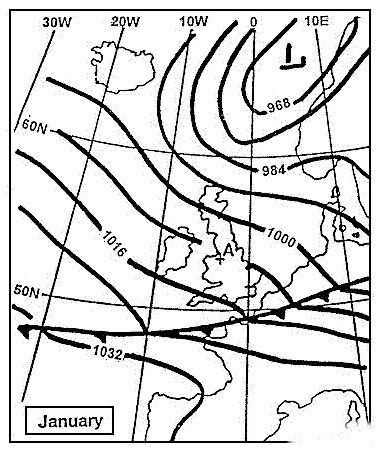 Air temperature higher than standard.
Air temperature higher than standard. The qff at an airfield located 400 metres above sea level is 1016 hpa the air ?
Question 124-30 : Less than 1016 hpa 1016 hpa more than 1016 hpa it is not possible to give a definitive answer
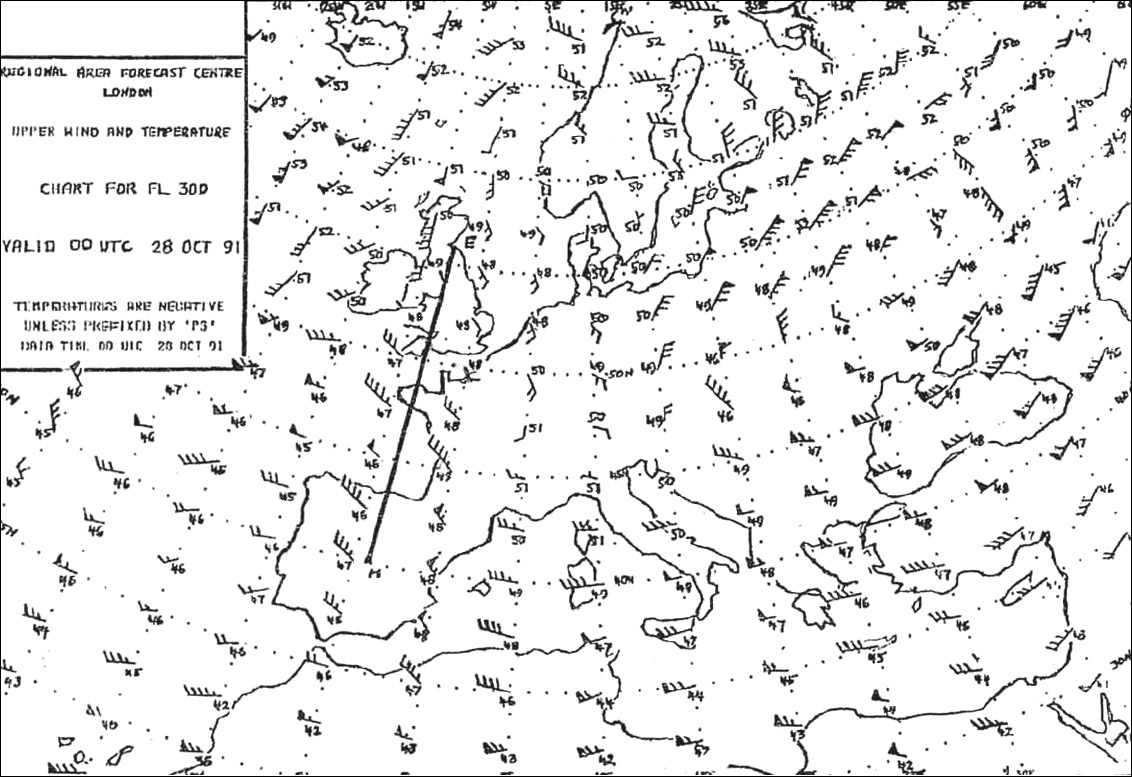 Less than 1016 hpa.
Less than 1016 hpa. The qnh at an airfield located 200 metres above sea level is 1009 hpa the air ?
Question 124-31 : More than 1009 hpa 1009 hpa less than 1009 hpa it is not possible to give a definitive answer
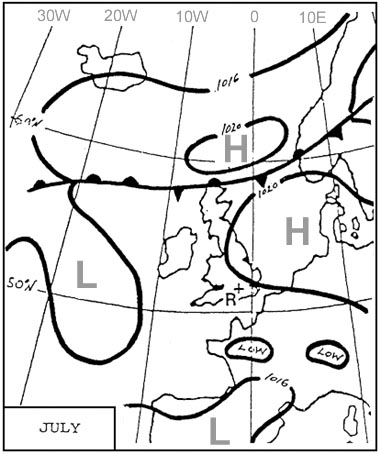 More than 1009 hpa.
More than 1009 hpa. The qnh at an airfield located 200 metres above sea level is 1022 hpa the air ?
Question 124-32 : It is not possible to give a definitive answer more than 1022 hpa 1022 hpa less than 1022 hpa
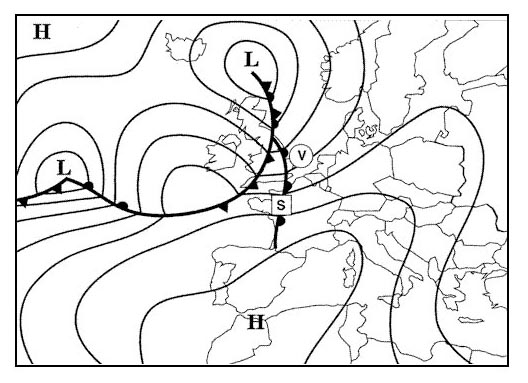 It is not possible to give a definitive answer.
It is not possible to give a definitive answer. The qnh at an airfield located 0 metres above sea level is 1022 hpa the air ?
Question 124-33 : 1022 hpa less than 1022 hpa more than 1022 hpa it is not possible to give a definitive answer
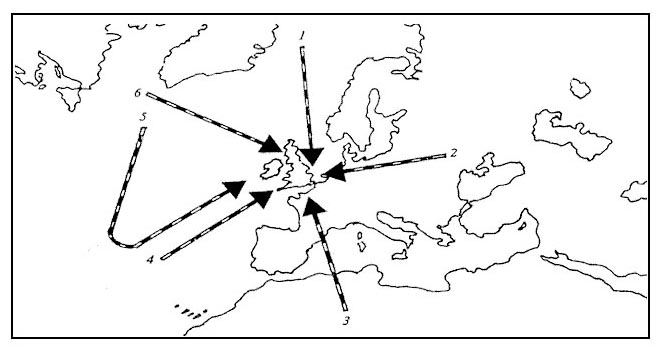 1022 hpa.
1022 hpa. The qnh at an airfield in california located 69 metres below sea level is 1018 ?
Question 124-34 : More than 1018 hpa 1018 hpa it is not possible to give a definitive answer less than 1018 hpa
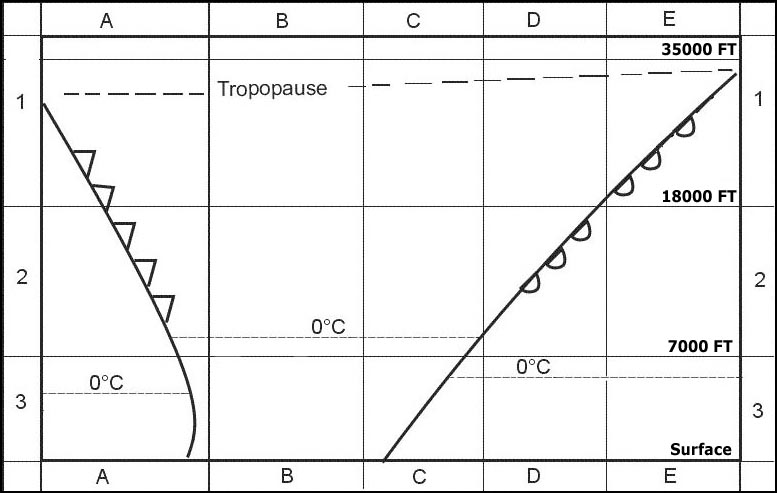 More than 1018 hpa.
More than 1018 hpa. The qff at an airfield in california located 69 metres below sea level is 1030 ?
Question 124-35 : More than 1030 hpa less than 1030 hpa 1030 hpa it is not possible to give a definitive answer
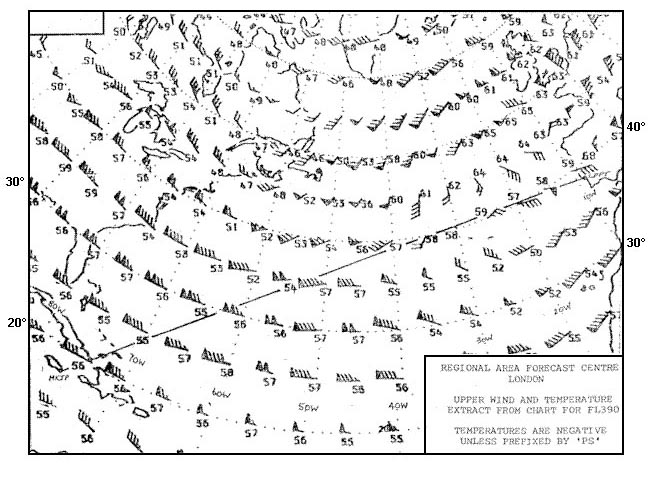 More than 1030 hpa
More than 1030 hpa If the qfe at locarno 200 metres above sea level is 980 hpa what is the ?
Question 124-36 : 1005 hpa 1000 hpa 1015 hpa 1010 hpa
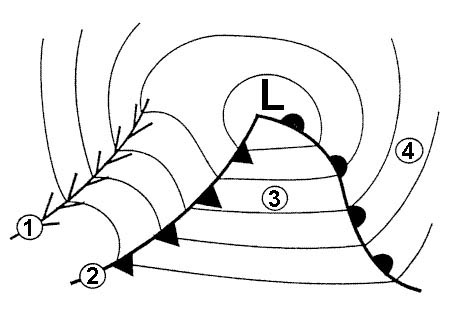 1005 hpa.
1005 hpa. If the qfe at locarno 200 metres above sea level is 1000 hpa what is the ?
Question 124-37 : 1025 hpa 985 hpa 990 hpa 1035 hpa
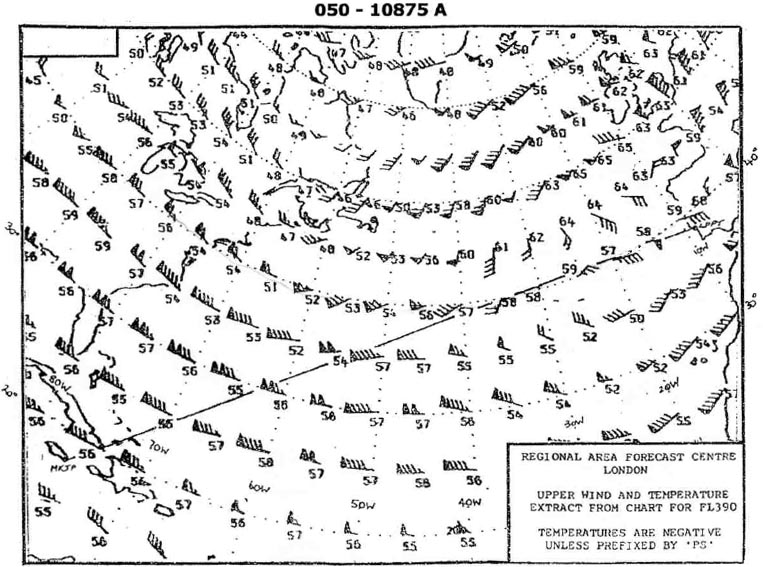 1025 hpa.
1025 hpa. If the qnh at locarno 200 metres above sea level is 1015 hpa what is the ?
Question 124-38 : 990 hpa 995 hpa 1000 hpa 1005 hpa
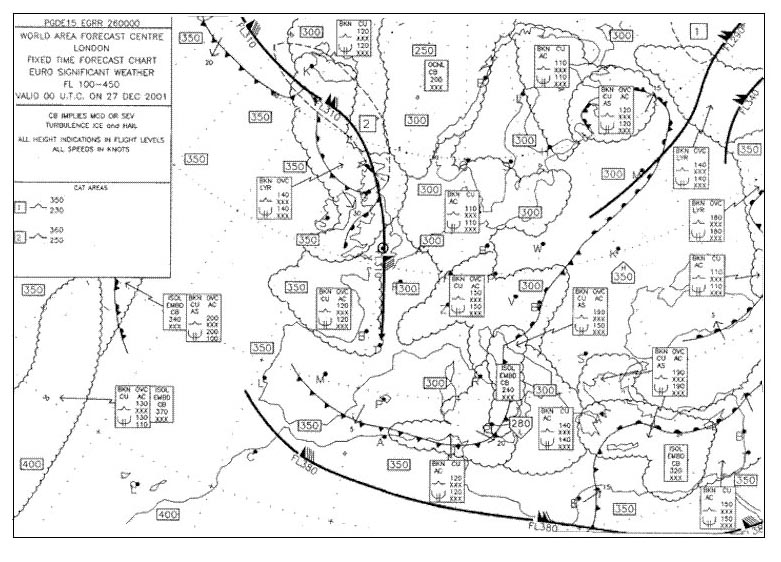 990 hpa.
990 hpa. If the qnh at locarno 200 metres above sea level is 1025 hpa what is the ?
Question 124-39 : 1000 hpa 995 hpa 1005 hpa 1025 hpa
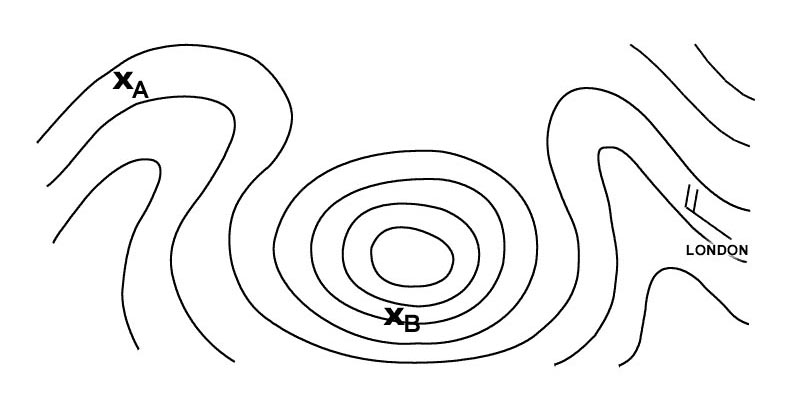 1000 hpa.
1000 hpa. If you are flying at fl 300 in an air mass that is 15°c warmer than a standard ?
Question 124-40 : 30°c 45°c 60°c 15°c
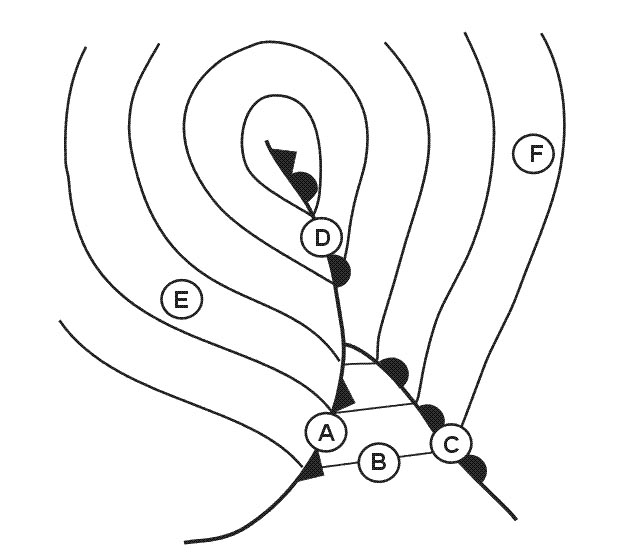 -30°c.
-30°c. ~
Exclusive rights reserved. Reproduction prohibited under penalty of prosecution.
4919 Free Training Exam
